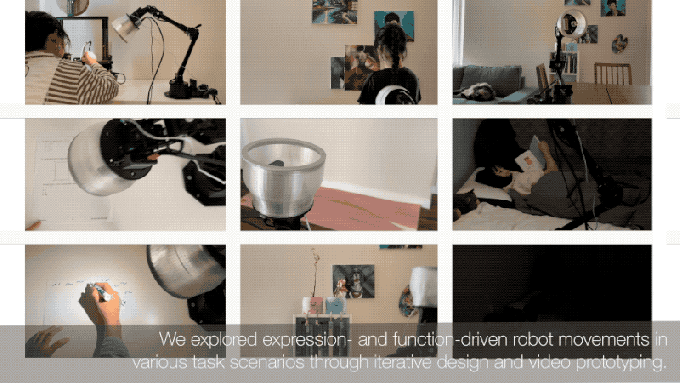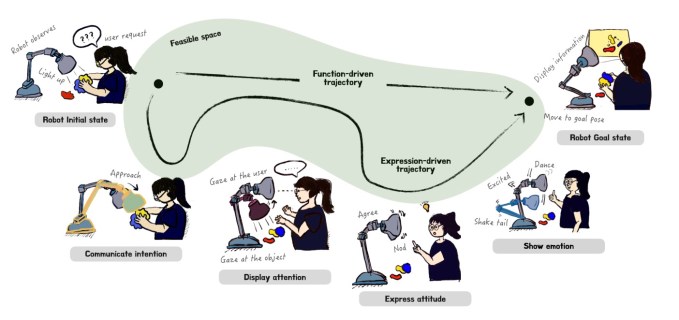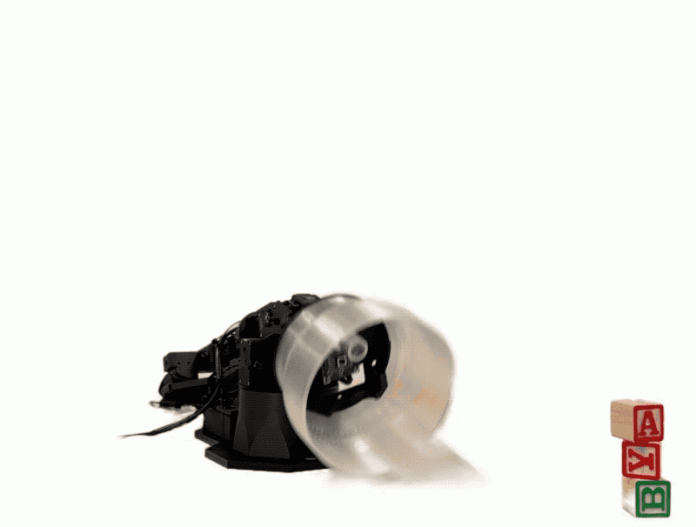Apple recently shared insights on its consumer robotics work in a research paper emphasizing the importance of traits like expressive movements in human-robot interaction. According to the report, humans, like most animals, are highly attuned to motion and subtle changes in movement.
Drawing inspiration from Pixar, a company co-founded by Steve Jobs, Apple selected a lamp as its “non-anthropomorphic” example for the research, mirroring Luxo Jr., the animation studio’s iconic mascot. Despite lacking humanlike traits, lamps can exhibit familiar behaviors.
According to the paper, for robots to interact naturally with humans, movement design should incorporate expressive qualities such as intention, attention, and emotions, in addition to functional aspects like task completion and efficiency.
A video accompanying the paper demonstrates these movements, resembling those of Pixar. The lamp robot features analogous parts, with the lampshade as the head and the arm as a neck.
The video showcases the robot responding to queries, functioning similar to a HomePod or Amazon Echo, with the lamp robot answering in Siri’s voice.

The video emphasizes how expressive movements can enhance human-robot interaction, with a simple example illustrating how small movements can create a connection between a human and an object.

Apple’s research indicates a focus on enhancing consumer robotics for a planned smart home system release. The findings could be applied to make a robotic home hub more expressive, possibly differing from Amazon’s Astro robot with a non-humanoid form factor.
Speculation around the smart home system suggests a “robot arm with an iPad attached,” hinting at the lamp form factor’s potential implementation. However, Apple’s consumer robotics division is still in the research phase, leaving room for changes before any official launch.






